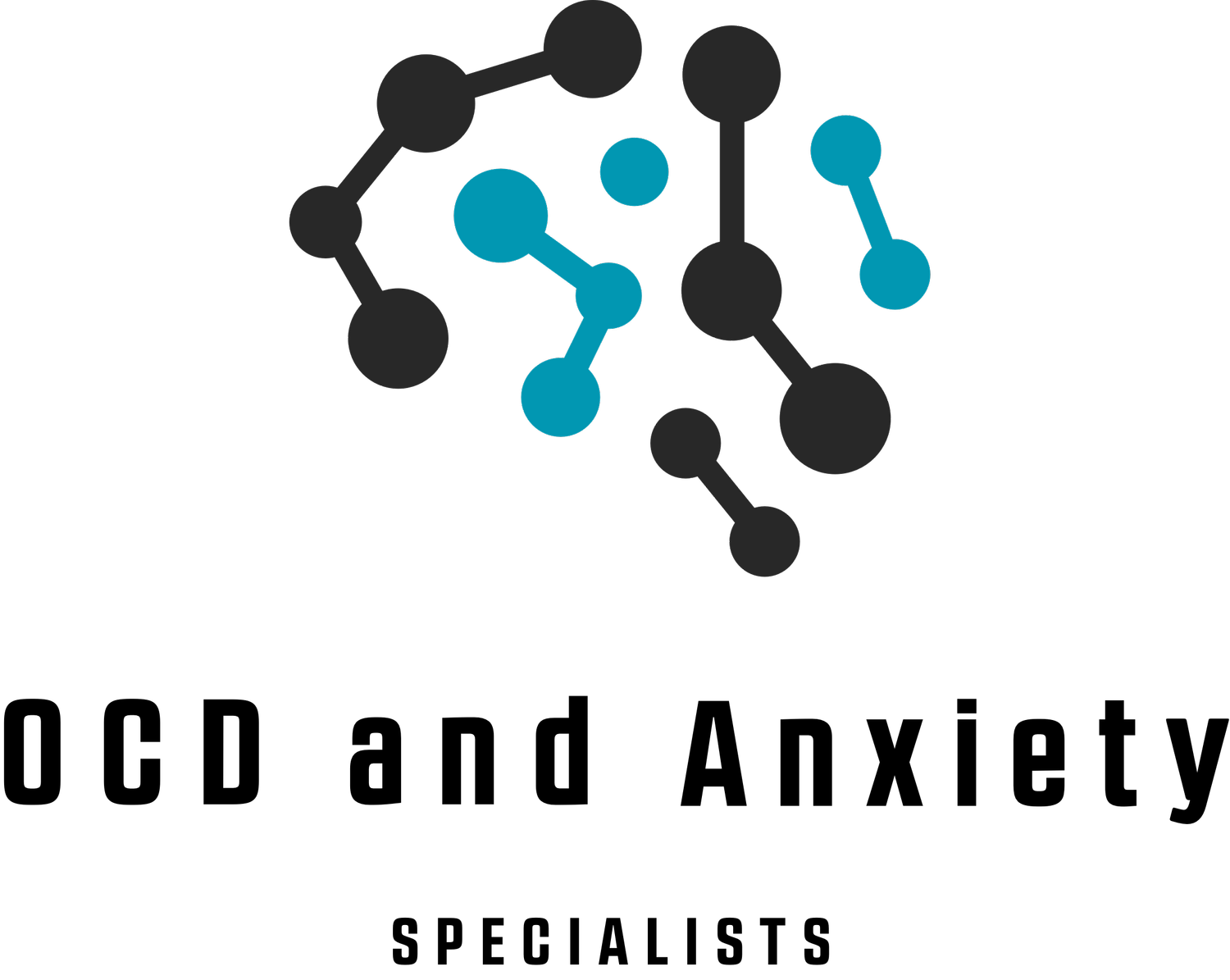What can Therapy Change?
When folks come to therapy it is often with the hopes that their clinician can “get rid of” their Obsessive Compulsive Disorder (OCD) and help them achieve certainty about their obsessive topic. For better or for worse, therapy cannot so radically change the automatic processes of a person’s mind, nor can certainty be provided around any topic*. However, this does not mean that someone with OCD must accept all the distress that they are experiencing, unbridled and unmitigated. Therapy can be expected to reduce overall distress, but it’s important to understand what types of distress therapy targets.
To understand what types of distress therapy seeks to reduce, we must first have a language for describing distress in different ways. In OCD treatment, we often draw from the Bhuddist distinctions of “pain” and “suffering”.
Pain can be described as the inevitable, unavoidable challenges of life. These can include bigger life events such as losing a job, going through a breakup, or suffering an injury, as well as smaller everyday experiences such as experiencing stress from deadlines or experiencing unwanted intrusive thoughts.
Suffering on the other hand is what we add to the pain due to our maladaptive relationships to those unavoidable experiences. Examples include avoiding, ruminating, drinking, numbing through media, beating ourselves up, obsessing, and compulsing.
Pain generally makes up a small minority of the overall distress in any given person’s life. Instead, it is our engagement with suffering that really degrades the quality of our lives. In therapy we learn how to accept the slim minority of distress (intrusive thoughts and emotions) in order to dramatically reduce that which is causing the majority of our distress (obsessing and compulsing). As a result, our overall level of distress dramatically reduces and the quality of our lives improve significantly.
There is another pragmatic way to look at the types of distress we experience and how they can be affected by effective therapy. We can measure our intrusive thoughts through four categories: duration, frequency, content, and intensity. Therapy can be expected to affect each of these variables in different ways.
Duration: By engaging in skillful response prevention, one can have a direct effect on the duration of each experience with an intrusive thought. The logic here is simple: by resisting the urge to respond to the question or thought our brains produce, we speed up the time it takes for the experience to pass on its own.
Intensity: This in turn decreases the likelihood of experiencing intense distress. Rarely do we experience out of the blue a ten out of ten level of distress from OCD. Intense distress most often comes from our obsessing and compulsing and trying to escape the distress. By acting unskillfully, we add fuel to the fire and end up feeling more uncertain and more concerned. By engaging in response prevention, we can starve that fire, preventing it from reaching certain intensities far more often.
Content: Interestingly, our work can often have an effect on the content of OCD, but not in the way you might think. When we engage in response prevention, we send our brains a signal that we’re not going to explore the topic that it has deemed a potential emergency. As a result, the brain may search for other “emergencies” to explain why it’s experiencing distress. In fact I often see theme switching as a positive (but not necessary) sign that one is being skillful with their OCD. Essentially it doesn’t matter at all if one’s theme switches or not, but understanding that it might can help one not become surprised or dismayed when it happens but instead see it as a result of their skillfulness.
Frequency: In my experience in working with clients, a moderate level of adherence to Exposure and Response Prevention (ERP) and Acceptance and Commitment Therapy (ACT) protocols can quickly have effects on the duration and intensity of intrusive thoughts, but the frequency of experiencing intrusive thoughts are more stubborn. What this means is that an individual may still experience intrusive thoughts a number of times each day, but they have the skills and ability to usually let those experiences last just a moment and remain at a low intensity. However, that is not to say that the frequency of intrusive thoughts can’t be affected at all by our work. It is my belief and personal experience that achieving a stellar level of response prevention, through self exploration and understanding the nuanced, subtle ways that we may still be compulsing, can reduce the frequency of intrusive thoughts.
Knowing what change can be expected to take place through effective therapy help us invest our energy in changing what we can, accepting what is more change-resistant, and having the wisdom to identify the difference between the two. When we can skillfully balance change and acceptance, our overall level of distress plummets. It is the key to treatment success.
*In sessions, to display this point I’ll raise my right hand and discuss how there can be no certainty that this in fact is my right hand. Maybe it’s a prosthetic, maybe the client is dreaming and I don’t exist, maybe their sense of right and left is inaccurate and they’ve never realized.
